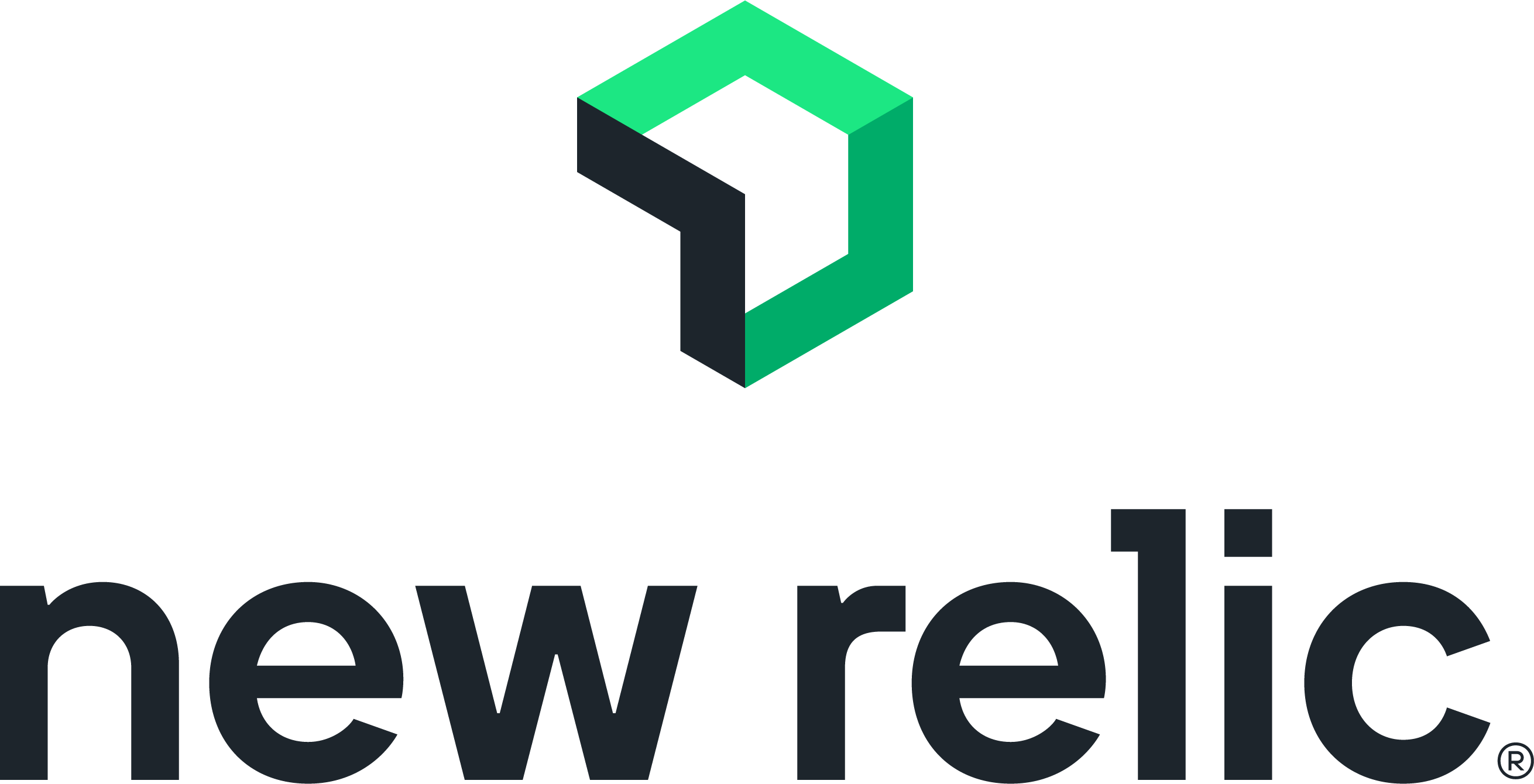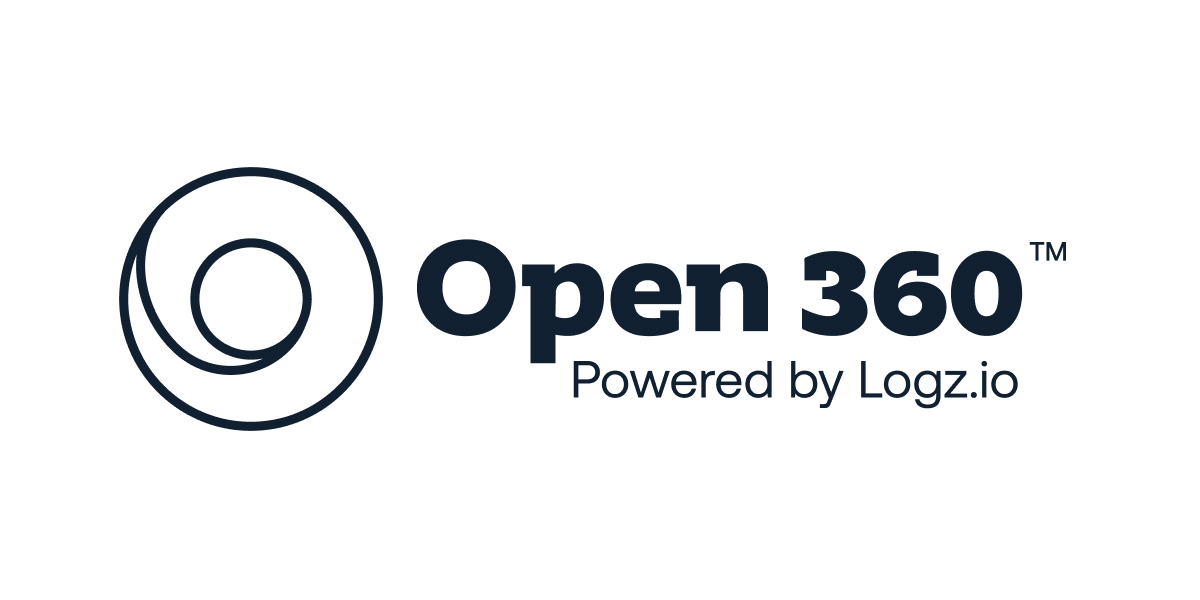
Overview

Product video
New Relic is an Intelligent Observability Platform providing engineers with full visibility into the performance of their AWS cloud services alongside their entire stack. New Relic includes:
- Telemetry Data Platform to ingest, analyze, and alert on all your metrics, events, logs, and traces
- Full-Stack Observability to quickly visualize and troubleshoot your entire software stack in one connected experience
- Applied Intelligence to automatically detect anomalies, correlate issues and reduce alert noise
New Relic offers developers deep integration across AWS' technology stack, making it easy for technology teams to send telemetry data from AWS services into New Relic to observe the health and performance across their full AWS environment, from Amazon EKS and AWS Lambda through AWS Kinesis, Amazon CloudWatch, and AWS Distro for OpenTelemetry.
New Relic for SAP Monitoring: New Relic offers a best-of-breed observability solution specifically designed for SAP environments to eliminate business process interruptions. It provides one-step observability across SAP and non-SAP applications with built-in, agentless SAP integration and out-of-the-box functionality that delivers immediate business value.
Superior RISE Support: Our agentless architecture is ideal for RISE with SAP environments, offering a fast, lightweight, and non-invasive way to gain full-stack visibility.
Choose to purchase New Relic or gain access to the New Relic free tier from the AWS Public MarketPlace at https://aws.amazon.com/marketplace/pp/B08L5FQMTG .
For custom pricing, EULA, or a private contract, please contact AWSMarketplace@newrelic.com for a private offer.
Highlights
- Ingest, analyze, and alert on all your metrics, events, logs, and traces-in one place.
- Quickly visualize and troubleshoot your entire software stack in one connected experience to automatically detect anomalies, correlate issues, and reduce alert noise.
- Provide unique agentless monitoring for ABAP systems along with support for SAP RISE, ECC, S/4HANA, BTP, CALM, Fiori, Ariba, PI/PO, BW and 175+ monitoring points with insights into CPU, HANA/non-HANA databases, RFC details, backgrd jobs, and IDoc.
Details
Introducing multi-product solutions
You can now purchase comprehensive solutions tailored to use cases and industries.

Features and programs
Buyer guide

Financing for AWS Marketplace purchases

Pricing
Dimension | Description | Cost/12 months |
|---|---|---|
NR Platform | NR platform with auto-billing of overages | $100,000.00 |
The following dimensions are not included in the contract terms, which will be charged based on your usage.
Dimension | Cost/unit |
|---|---|
Additional overages as defined in contract and at newrelic.com/pricing | $0.01 |
Vendor refund policy
All fees are non-cancellable and non-refundable except as required by law. New Relic may suspend or terminate the Services, in addition to other rights and remedies, if fees are past due. The products selected by you in this ordering documentation are deemed accepted upon the provisioning of the applicable products by New Relic for your use.
How can we make this page better?

Legal
Vendor terms and conditions
Content disclaimer
Delivery details
Software as a Service (SaaS)
SaaS delivers cloud-based software applications directly to customers over the internet. You can access these applications through a subscription model. You will pay recurring monthly usage fees through your AWS bill, while AWS handles deployment and infrastructure management, ensuring scalability, reliability, and seamless integration with other AWS services.
Support
Vendor support
New Relic offers a variety of technical resources, including the New Relic Docs Site, New Relic University, New Relic Open Source Projects, and the New Relic Community. Learn more about these in our Finding Help Doc (https://docs.newrelic.com/docs/accounts-partnerships/education/getting-started-new-relic/finding-help ). https://support.newrelic.com/ ; AWSMPOrders@newrelic.com
AWS infrastructure support
AWS Support is a one-on-one, fast-response support channel that is staffed 24x7x365 with experienced and technical support engineers. The service helps customers of all sizes and technical abilities to successfully utilize the products and features provided by Amazon Web Services.


FedRAMP
GDPR
HIPAA
ISO/IEC 27001
PCI DSS
SOC 2 Type 2
Standard contract
Customer reviews
Improved incident detection has reduced response times and supports better customer agreements
What is our primary use case?
How has it helped my organization?
New Relic helped with the mean time to detection, the MTDD metric tracked for applications. For the platform, the detection capability enabled a reduction from around 20 to 30 minutes down to three minutes. This has been really helpful in terms of detecting issues as well as helping to triage and troubleshoot issues faster, creating a positive impact on the organization.
What is most valuable?
One of the best features that New Relic offers is the user interface, which is much easier to use compared to other products such as Datadog or Splunk. The team management and alert configuration process is also fairly straightforward. New Relic is very useful for teams that don't have much of a dedicated DevOps team but want to have observability for their platform, and it's an easy way to get started.
One of the main UI features is the ability to see a particular frequency, such as an error or a high amount of logs at a particular timestamp, and easily filter that via the graph as well as the timestamps that can be configured. This is relatively easy to use compared to other products.
What needs improvement?
New Relic is priced on the higher side. Because of the pricing model, organizations have experienced uncontrolled costs and were not able to afford New Relic, which resulted in moving to open-source solutions such as Grafana and Loki. This pricing structure has been the main pain point experienced with New Relic.
For how long have I used the solution?
What was our ROI?
One of the metrics that helped as a return on investment was the ability to detect issues faster and troubleshoot more quickly, which in turn helped to achieve a much better service level agreement with customers.
What other advice do I have?
Pricing is primarily an area of concern. The overall rating for New Relic is eight out of ten.
